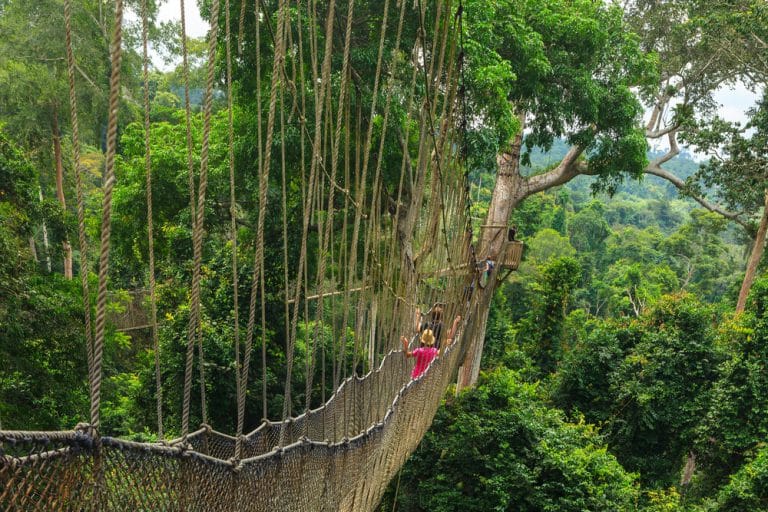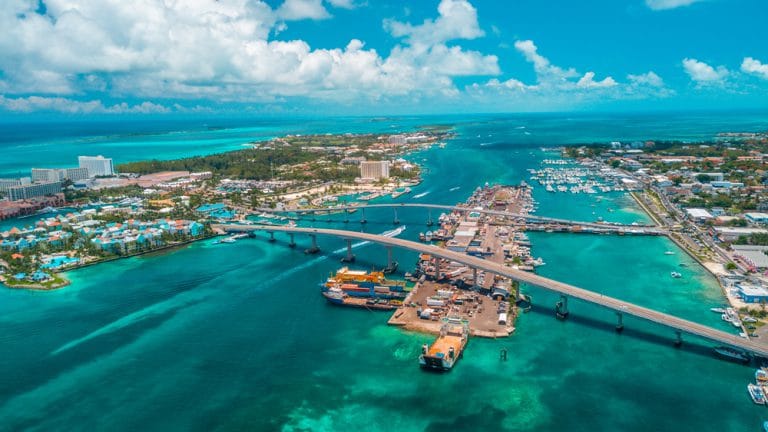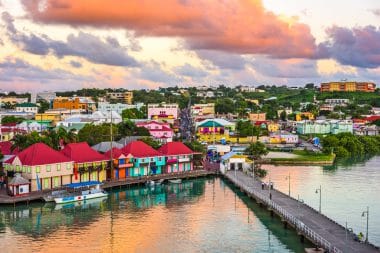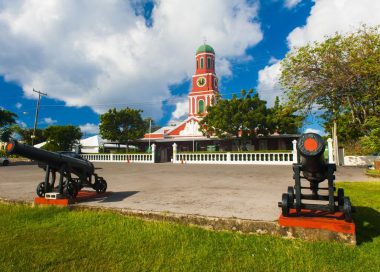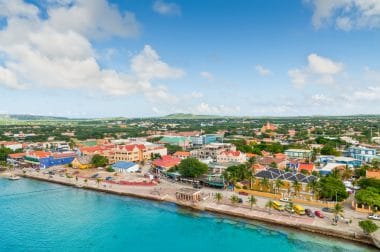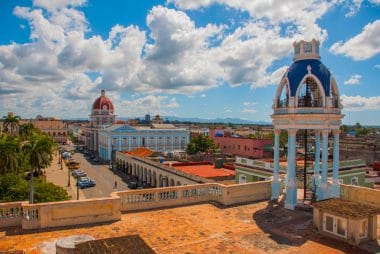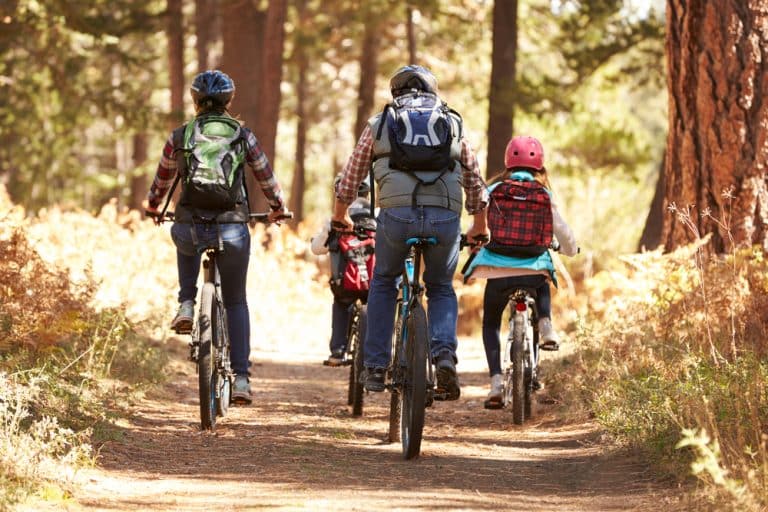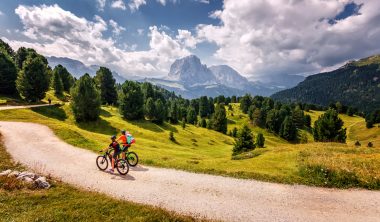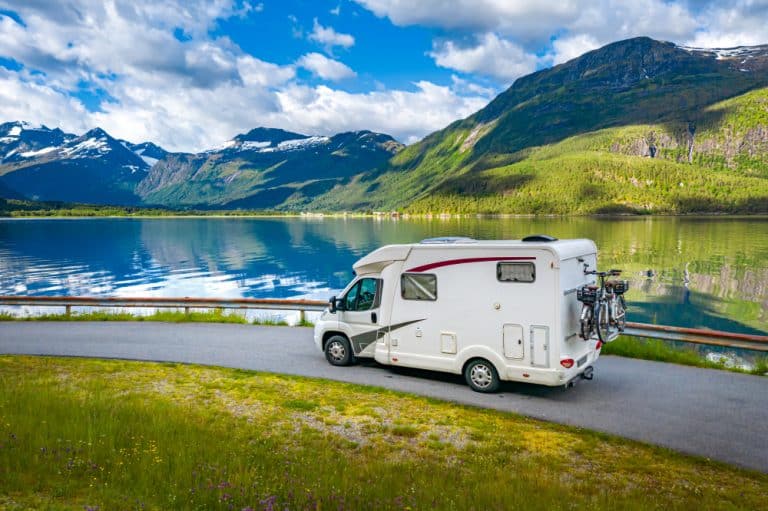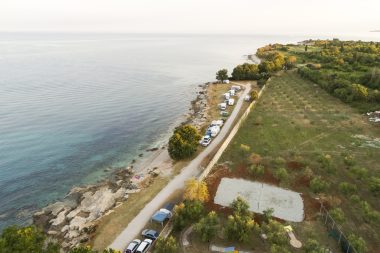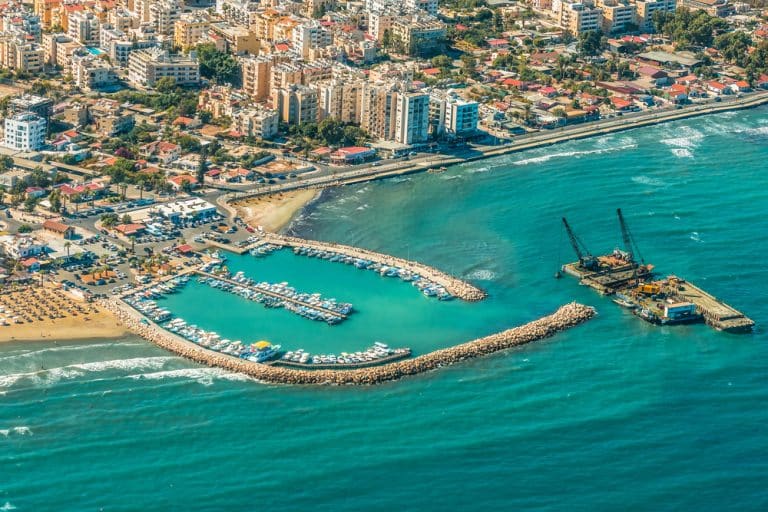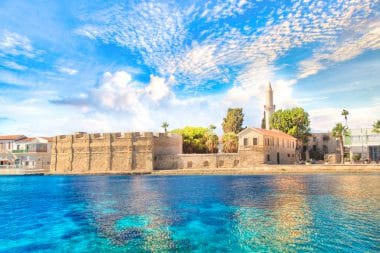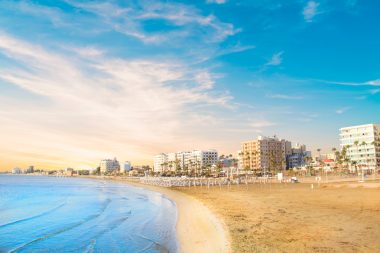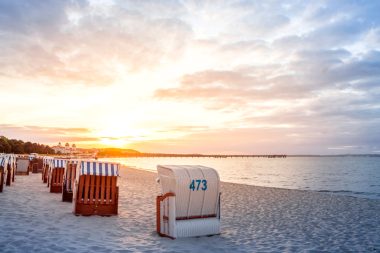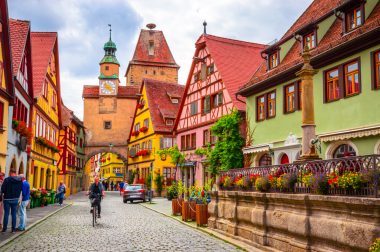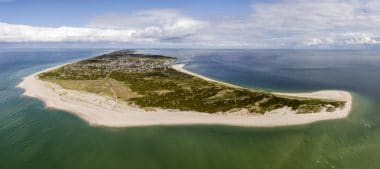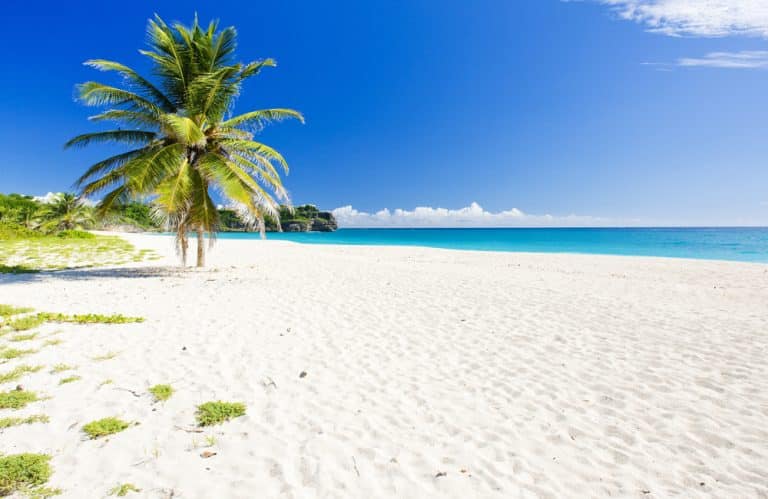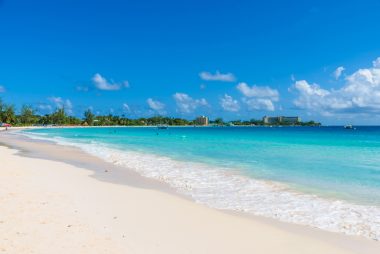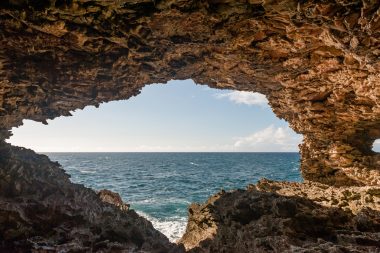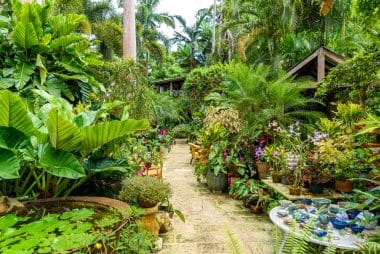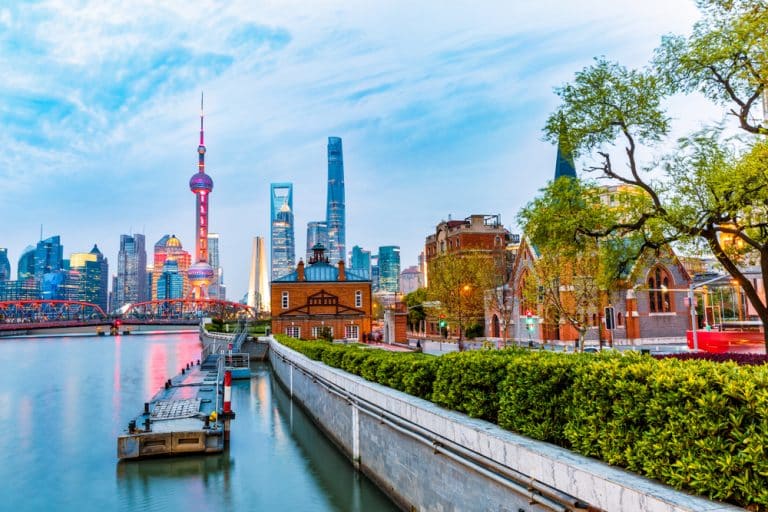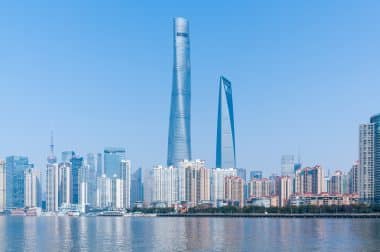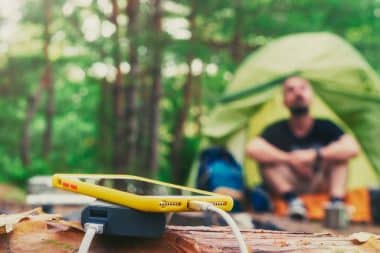The West African state of Ghana is attracting more and more tourists, and there is a reason for that. The country, which has a tropical climate, is located on the Atlantic Ocean. Bathing holidays on dream beaches are therefore possible in Ghana all year round.
In addition, guests can explore the tropical forests in the national parks, including their breathtaking flora and fauna. In contrast to many other African countries, the political situation in Ghana is considered stable. Since the official language of the country is English, there are no language barriers for the majority of tourists. The locals speak almost 80 different languages and dialects, but they all understand English. This makes it all the easier to immerse yourself in the culture of the country: the inhabitants of the country are considered open-hearted, fun-loving, helpful and honest.
The capital Accra: first steps in Ghana
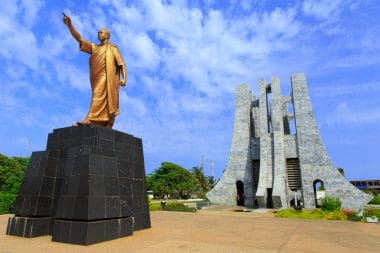
With almost 2,400,000 inhabitants, Accra is not only the largest city in Ghana, but also the capital. In total, Ghana, a country about the size of Great Britain, has around 31 million citizens. Accra is located in the very south of the country, with access to the Atlantic Ocean. Founded in the 15th century, the city was located on an important maritime trade route for a long time. At the National Museum, visitors can learn all about the country’s culture and pre-colonial history. Ghana is rich in mineral resources, especially gold. For this reason, Ghana is also known as the Gold Coast. In the National Museum, numerous exhibits made of pure gold can be seen.
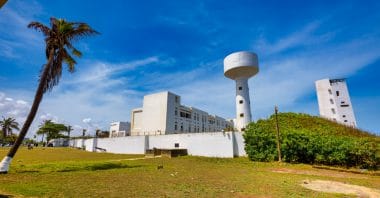
These are both everyday objects, such as gold weights, and works of art, such as sculptures. For a long time, Ghana was a British crown colony. The Independence Arch was built on the occasion of the country’s independence in 1957. This is just as worth seeing as the Kwame Nkrumah Memorial Park with mausoleum. The park is dedicated to Kwame Nkrumah, who initially distinguished himself as an independence fighter and is still considered the founding father of the Ghanaian state. If you want to learn more about the history of the country, you should visit Christiansborg. Built in 1652, the castle is also known as Osu Castle. In the past, Portuguese slave hunters stayed here, who landed on the Gold Coast to capture people destined for slavery and ship them to sugar plantations on the Danish Virgin Island. Later, Christiansborg was the seat of the British governor.
Today, Christiansborg is the seat of Ghana’s government. The nearby Cape Coast Castle houses a museum on the history of slavery, which has been very formative for Ghana. Cape Coast Castle was built in 1637 and is part of a chain of 35 forts built on the Gold Coast. Since 1979, the building has been a UNESCO World Heritage Site. Other forts, such as the São Jorge da Mina, can be found in the city of Accra, and also outside, always along the coastal strip.
Eye to eye with large animals: Safaris in Ghana
Ghana has no less than 16 national parks. In addition, there are a whole series of reserves. The best conditions for safaris. Mole National Park was established in 1971 as the country’s first national park. With an area of 4840 square kilometers, it is also the largest. It is located in the northwest of the country in a savannah landscape. Visitors can experience 93 different species of animals: lions, buffaloes, elephants, leopards, monkeys and jackals are just a few of them. In addition, around 300 bird species settle here. Guided tours are offered in the park, tourists can stay overnight in lodges.
The Digya National Park is much richer in vegetation, as it is located in the humid delta of the Volta reservoir. Digya National Park is particularly known for its elephant and leopard population. Fish lovers will also get their money’s worth here, which can be observed in the Volta reservoir. Tourists can rent a canoe at the lake, or take a classic steamboat trip across the lake.
Impressive flora
The Kakum National Park is located in the south of Ghana and is quite manageable at 350 square kilometers. Here, the focus is less on the animals and more on the tropical rainforest. The Canopy Walkway is a treetop walk that is unique in Africa and was stretched between huge trees of the rainforest. At a height of 45 metres, visitors can experience the foreign flora of the rainforest. With a little luck, some rare animals can also be encountered. These include the lion monkey, a special species of monkey, the forest elephant and the creeping cat.
In the land of waterfalls

Hardly any other country has as many impressive waterfalls as Ghana. A visit to Boti Falls, a twin waterfall, in Manya Krobo, in the east of the country, is particularly worthwhile. Also worthwhile is a visit to the Kintampo Waterfalls, which rush over rock formations in the center of Ghana. The Kintampo Waterfalls are 70 meters high and divided into three levels.
You should also not miss the Tagbo Falls, which can be explored on a hiking tour. From the village of Liati Woti, it takes just under three hours to hike up Mount Afadjato. At 885 meters high, this is the highest mountain in Ghana. From here you have a wonderful view down to the Volta reservoir. We descend through the tropical forest to the 60-meter-high Tagbo Falls.
Relaxing beach holiday in Ghana
After so much adventure, the pristine white sandy beach in front of crystal clear water in Ghana invites you to take a break. One of the most famous beaches is that of Bute. Miles of beach walks, where you hardly meet a person, are on the program here. There are a lot of beach bars at Krokobite Beach. Winneba Beach near Accra looks romantic with its fishing port.


